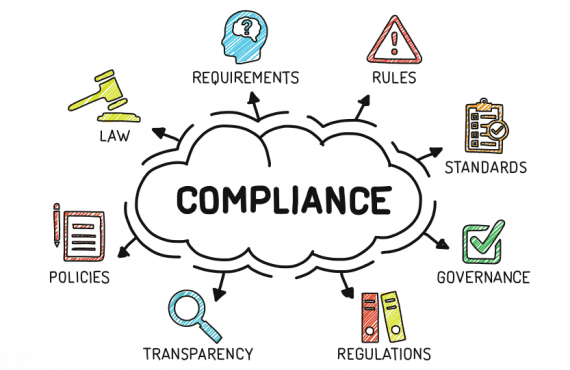If all attempts to settle a complaint of sexual harassment or discrimination in-house have failed, the unpleasant possibility of legal intervention by the US Equal Employment Opportunity Commission (EEOC) will loom large—and it is wise for all institutions to have a policy in place to deal with such an eventuality.
In this regard, the following steps are critical for the effective and quick resolution of any EEOC charge:
• Acknowledgement of receipt of any charge by writing a letter to the appropriate agency or agencies.
• Familiarization with the charge. This includes a knowledge of the laws involved, and the basic facts of the accusation in question.
• An understanding of the category of the charge and what priority the EEOC has placed on it.
• The role which legal counsel might play in the case.
• An investigation of all possible defenses; for example, if the EEOC actually has jurisdiction, or if the charge has not met all time and other limitations.
• A complete internal investigation of the allegations, if not already completed.
• A determination if all the written company policies and procedures have been followed, along with complete documentation of such. This must include all relevant sources, including, but not limited to, performance reviews or disciplinary notes. Once all these evidential pieces have been acquired, it will be possible for the institution to evaluate its liability—or otherwise—and decide on a course of action.
• The designation of a contact person, whether within the organization or the organization’s attorney, and the referring of all communications to that person. This will help to ensure that no conflicting messages or information emerge from within the organization.
• Finally, it will be necessary to compose a clear, concise, accurate, and persuasive position statement on the allegations. This will have to be presented to the EEOC within ten days of the first notification from that body that a case has been lodged.
The most important fact to remember in all of this is that while an institution cannot hope to control the actions of all individuals, it can limit its own liability if it can be shown that all reasonable measures have been taken to prevent such incidents occurring in the first place.















































